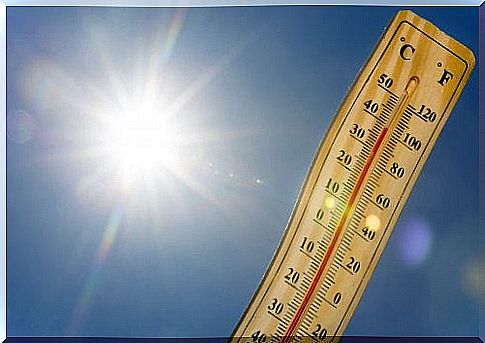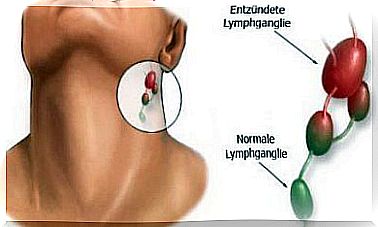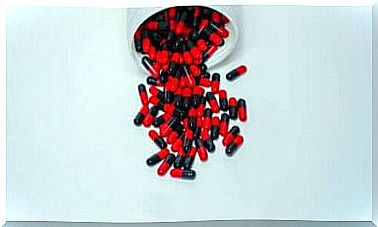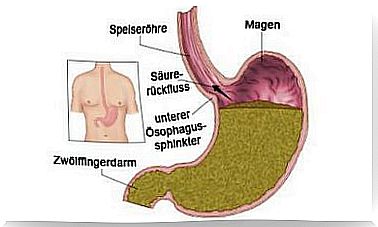Hyperthermia: Treating The Patient
The treatment of hyperthermia depends on the cause of this thermal imbalance. It can be triggered by overheating or medication.

Treatment for a patient with hyperthermia will depend on the type of disorder and the factors that caused it.
Before we delve into the various treatment options for hyperthermia , however, we should first find out about the different types and triggers of this condition.
This will then make it easier for us to understand the measures that are necessary to cure them.
What is hyperthermia?
Hyperthermia is a term given to a group of diseases, all of which have to do with heat. This is a malfunction in the regulation of body temperature, which is manifested by an increase in excess of 37 ºC.
This situation can result from interruptions in the thermoregulatory mechanisms or because the patient suffers from one or more diseases. We’ll go into the reasons later, however.
It is also important to understand that hyperthermia is not synonymous with fever, as these are two different concepts.
Fever is a reaction of the organism in which the body temperature rises so that our body can defend itself against an external pathogen by means of an immune reaction.
causes

It is important to know that a distinction is made between primary and secondary hyperthermia.
If the patient does not have a pre-existing disease and it occurs because the patient has been in extremely high temperatures for too long, it is called primary hyperthermia.
However, if the hyperthermia occurs because the patient has previously suffered from an illness, it is referred to as secondary.
There are various reasons that can lead to hyperthermia. Excessive overheating can occur because the mechanisms of heat generation become unbalanced.
Another possibility is that the temperatures in the environment are very high for a long time and even if the body’s regulatory mechanisms, such as sweat, work, our organism can still no longer emit heat and cool down.
It can also be a side effect of certain medications. We would like to highlight the following:
- Those that simulate being a messenger substance related to the thermoregulatory mechanisms. These include corticoids and sympathomimetics.
- Those that damage or change the activity of the tissue associated with thermoregulation, thereby triggering overactivation. An example of this is narcotics, which can lead to malignant hyperthermia.
Hyperthermia may also be the result of a metabolic problem, a nutritional problem, or an injury to the central nervous system.
Symptoms that a patient with hyperthermia may experience
If it has arisen because the patient has done a lot of physical exertion at high temperatures and with a lot of sweat, it can lead to muscle cramps, pain, dizziness, nausea and feelings of exhaustion.
If the patient has not experienced any physical exertion, nausea and dizziness may appear. Headaches, muscle pain and mood changes are also common .
Furthermore, a number of identifying features can trigger this state of hyperthermia. Palpitations and low blood pressure are common signs in these cases. The skin, weakened from the heat, appears pale, cold, and sweaty.
However, if it is a heat stroke, the skin will be red and hot. Despite these differences, skin dryness is usually a constant symptom.
treatment

As mentioned at the beginning of this article, the treatment depends on the factor that caused the hyperthermia.
If it has occurred due to heat stroke, the treatment is divided into two measures. First you have to lower your body temperature. Then you have to treat the complications.
To lower the body temperature, one uses either cold compresses or towels, cold baths, moisturizing the skin with cold water and cool air currents.
If the hyperthermia was triggered by medication, various measures are also necessary. First you have to stop taking the drug.
Strict hemodynamic and analytical monitoring is carried out, and hydroelectrolytic changes are also corrected.
If necessary, oxygen therapy can also be used. In other situations, the specialist will give the patient dantrolene as a muscle relaxant.
If the hyperthermia occurred due to physical overexertion, the activity must be interrupted.
In this case, it is fundamental to go to a cool place and drink enough fluids to balance the fluid balance.









